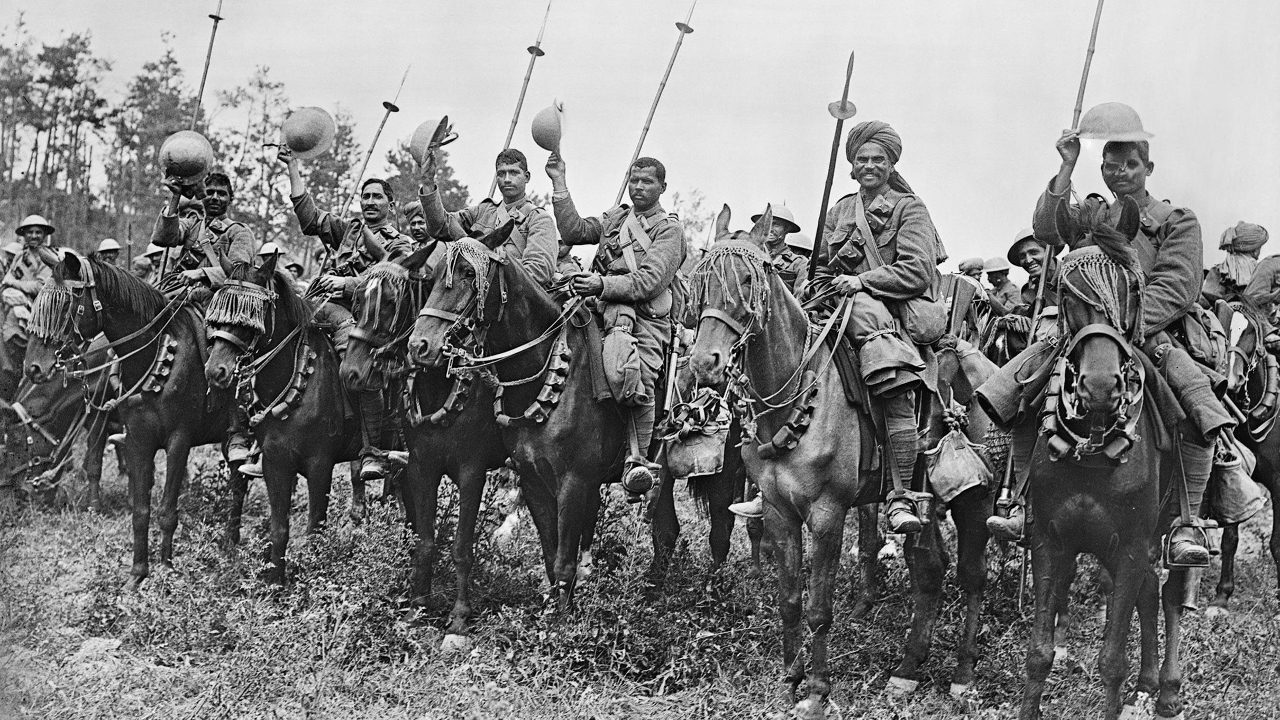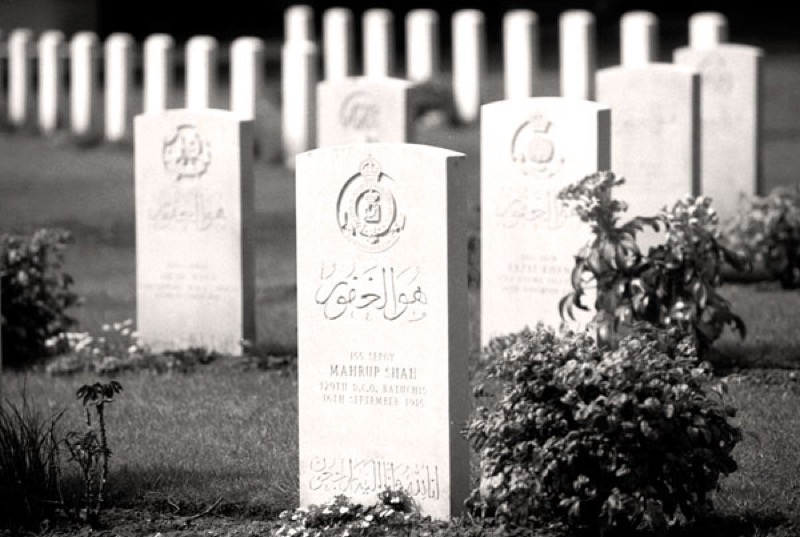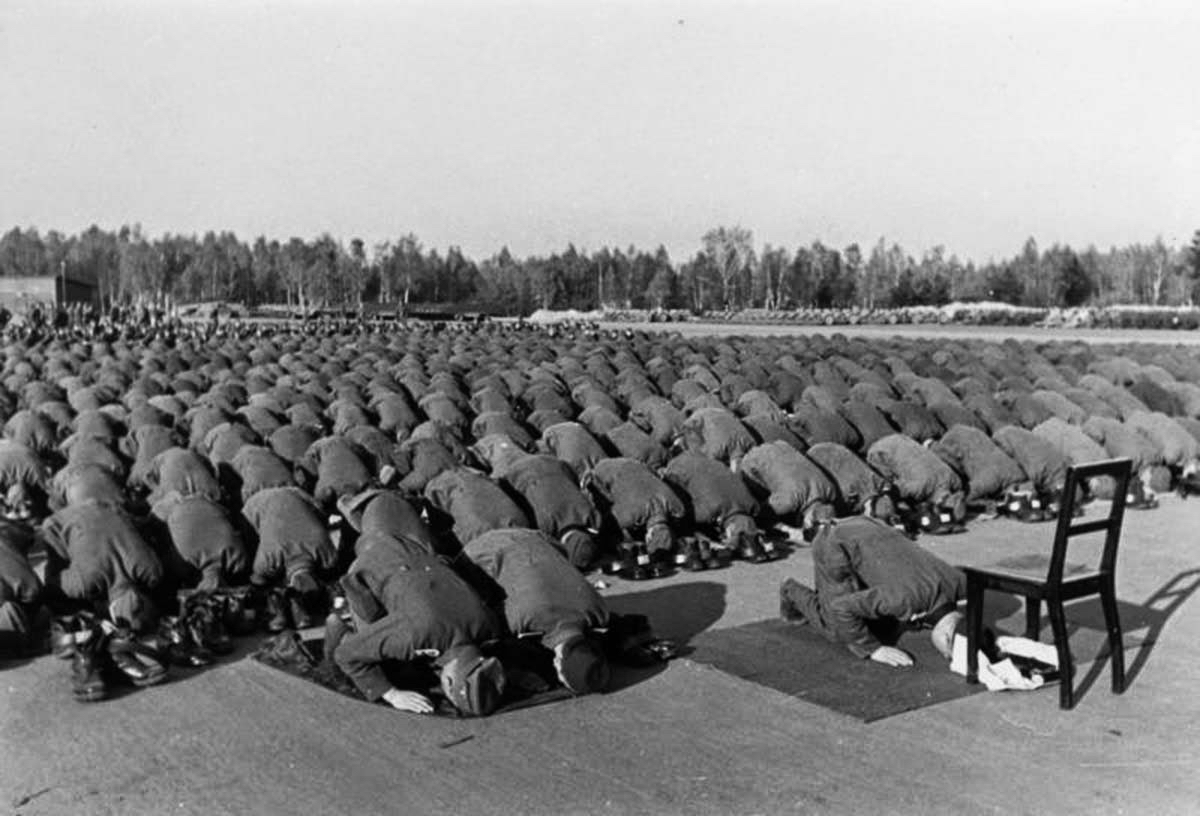Four memorials, built by communities to honour the sacrifice of their war dead, have been listed on the advice of Historic England.
· Holmer War Memorial, Widemarsh Park, Holmer, Hereford – listed at grade II https://historicengland.org.uk/listing/the-list/list-entry/1441039
· Orcop War Memorial, Pontrilas Road, Orcop – listed at grade II https://historicengland.org.uk/listing/the-list/list-entry/1441720
· Bishopswood War Memorial, B4234, Kerne Bridge, Bishopswood – listed at grade II https://historicengland.org.uk/listing/the-list/list-entry/1448763
· Bullinghope War Memorial, St Peter’s Churchyard, Bullinghope – listed at grade II https://historicengland.org.uk/listing/the-list/list-entry/1450353
As the commemorations of the sacrifices made in the First World War continue, the Department for Digital, Culture, Media and Sport, on the advice of Historic England, has listed at Grade II two war memorials which are reaching their centenary this year and another has had its listing updated to fully reflect its historical importance.
Although the majority of First World War memorials were not constructed until after the end of the war, memorials began to be erected prior to this as a way to provide the community with focus for their grief. Some of these were by individuals to commemorate family members, others by local communities to honour the sacrifices being made or to specific events and places related to the war effort.
Lord Ashton of Hyde, First World War Minister said:
“As we enter the final year of our First World War centenary commemorations, we want to ensure the bravery and sacrifice of those who served are never forgotten.
“Local war memorials are a poignant reminder of how the war affected our communities and of those who never came home. I encourage everyone to visit their local memorial and to learn more about their connection to this pivotal point in our history.”
Duncan Wilson, Chief Executive of Historic England, said: “These memorials were an important indicator of how society was feeling and reacting as the war progressed and as the loss of life increased to unprecedented levels. They were not just a focal point for people’s grief but also seen as a symbol to those still fighting.”
Contemporary newspaper reports indicate a strong desire to erect war shrines from 1916 onwards; however they were controversial as some saw them as anti-patriotic and disrespectful to those fighting. Ultimately these war memorials and shrines became a precursor what was to come: the national movement to memorialise that took place following the war.











